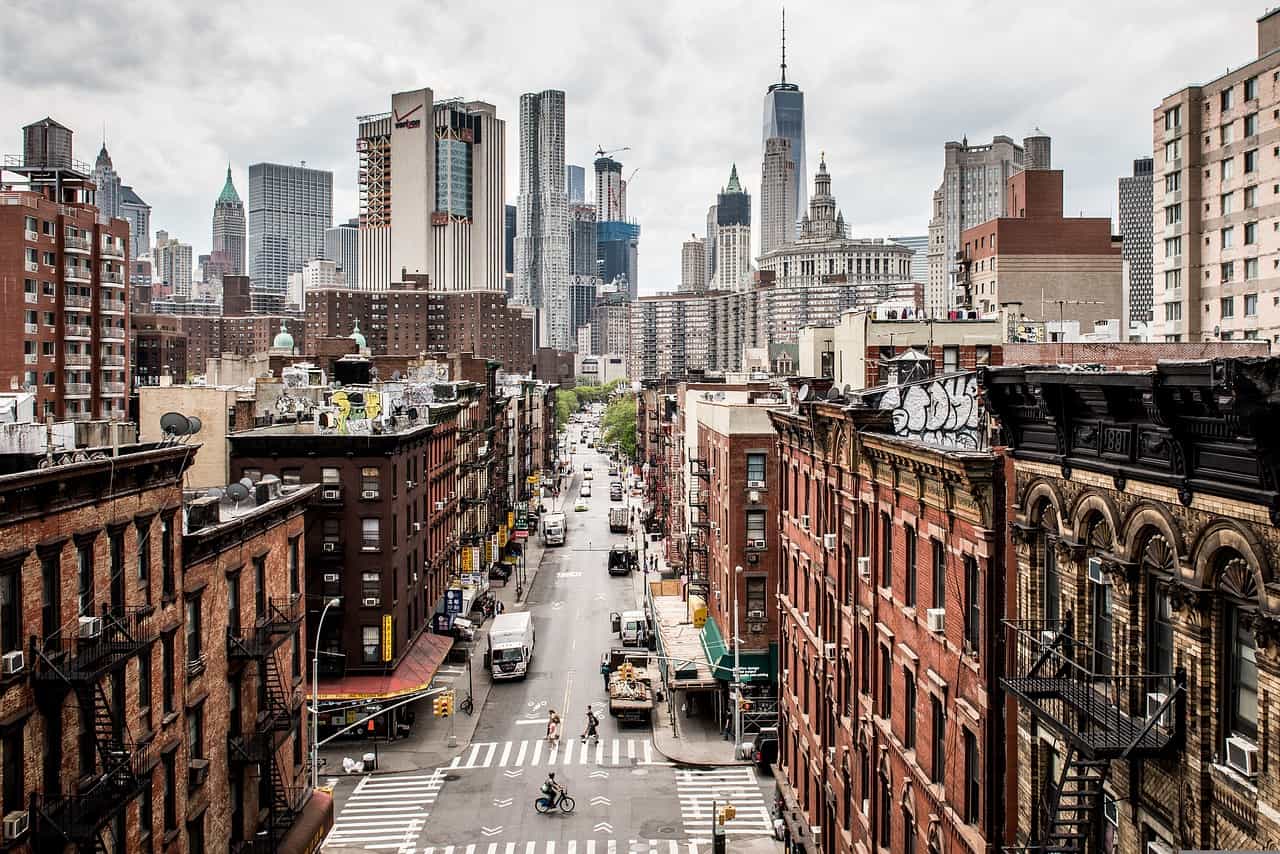As matters stand, many families are forgoing groceries, medicines and other necessities to power their homes.
The fossil fuels will become more costly as resources dwindle, and many people already struggle to afford energy bills. At the same time, the move to renewable sources like wind and solar is happening at a rapid pace as climate change is taking its toll.
The worst-affected by rising energy costs are poorer communities and countries, which is why low-income assistance should be available during this energy transition so financial pressures won’t collide with social responsibility.
As matters stand, many families are forgoing groceries, medicines and other necessities to power their homes. Providing them with as much assistance as possible is a step toward energy justice.
Some companies already provide low-income energy assistance programs to lower-income communities, which can improve their quality of life. Reducing energy poverty this way could also aid in greater social inclusion.
However, implementing renewable energy sources has to be done sustainably for the effort to have more significant impacts.
Local and national governments will need to collaborate to mitigate the economic and environmental costs of energy to low-income families. Community solar programs, shared among many subscribers, could lessen this burden, for instance. Increased cooperation between communities and governments can also set precedents for engaging in widespread positive change for the planet.
Development is likewise key as many old buildings are not optimized to meet today’s environmental energy-efficiency standards. Renewable power will allow families to save money by spending less on higher-cost fuels like propane and purchasing fewer extra materials to account for poor insulation.
Low-income assistance could help transform these homes into being more efficient. Giving old buildings a new lease on life with renewable energy could also help other facets of construction that may not be up to par with eco-friendly standards such as better indoor air quality and greater overall physical health.
Families could experience fewer respiratory illnesses with less indoor pollution. Having the lights on could also protect homes and their residents better at night. When older buildings begin receiving these modern upgrades, it will raise property values in their communities, thereby closing social and economic gaps such as income inequality.
Local and state programs in the US could lower bills by over 80% for some households regardless of the age of buildings. This would also reduce energy-inefficient houses’ carbon footprints. These programs can also inspire more businesses to lower their ecological footprints.
Various countries worldwide have recognized the global impacts of making local changes. Smaller nations like Morocco and powerhouses like India have realized the importance of providing renewables to people.
Importantly, access to renewable energy should not be restricted by income since implementing these programs benefits everyone in the end.
This story first appeared on Sustainability Times
© 2022 Sustainability Times.
This article is licensed under a Creative Commons Attribution-ShareAlike 4.0 SA International License.












